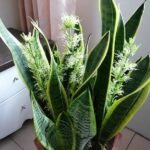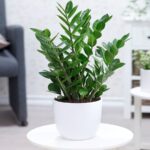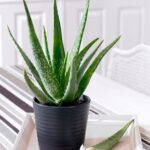Though small in stature, this plant exudes a sense of freshness, and with proper care, its leaves can grow as large as lotus leaves, layering upon each other in a graceful and elegant manner. No matter where it’s placed, it exudes a unique and unmistakable beauty.
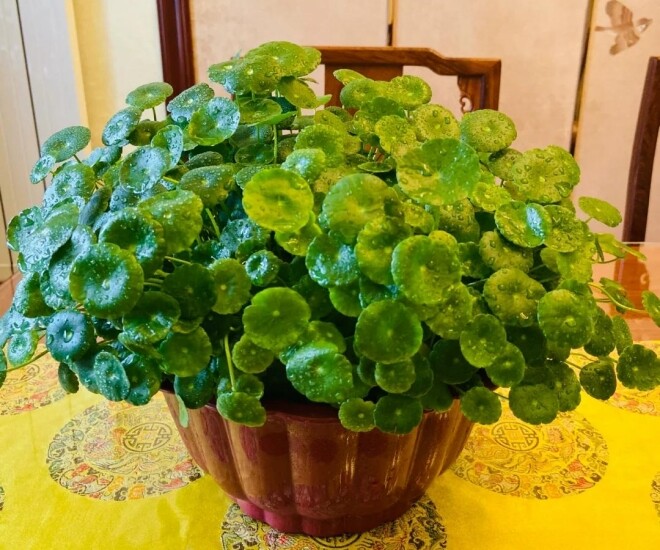
For this reason, a talented gardener from Hunan Province, China, decided to cultivate this wild grass in her home. Looking at her pot of grass, with its layers of lush, glossy leaves growing one on top of the other, one can’t help but admire her green thumb and the beauty she has created.
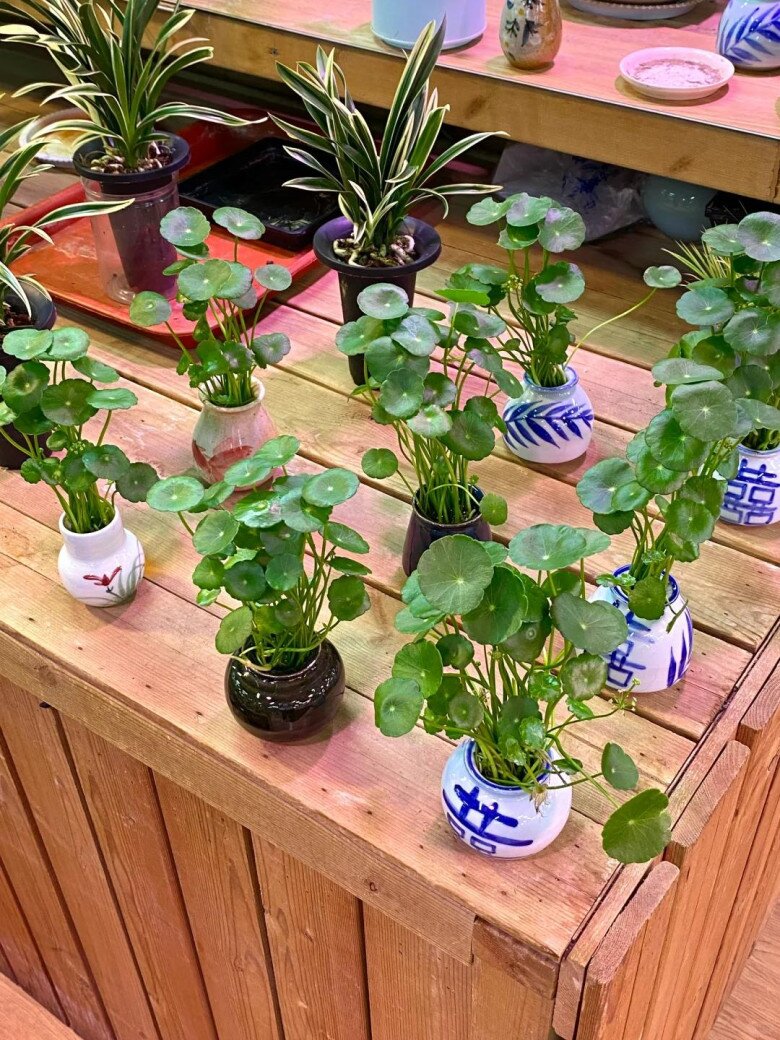
Even a small amount of water can cause the roots to grow thick and the leaves to flourish, evoking envy in onlookers.
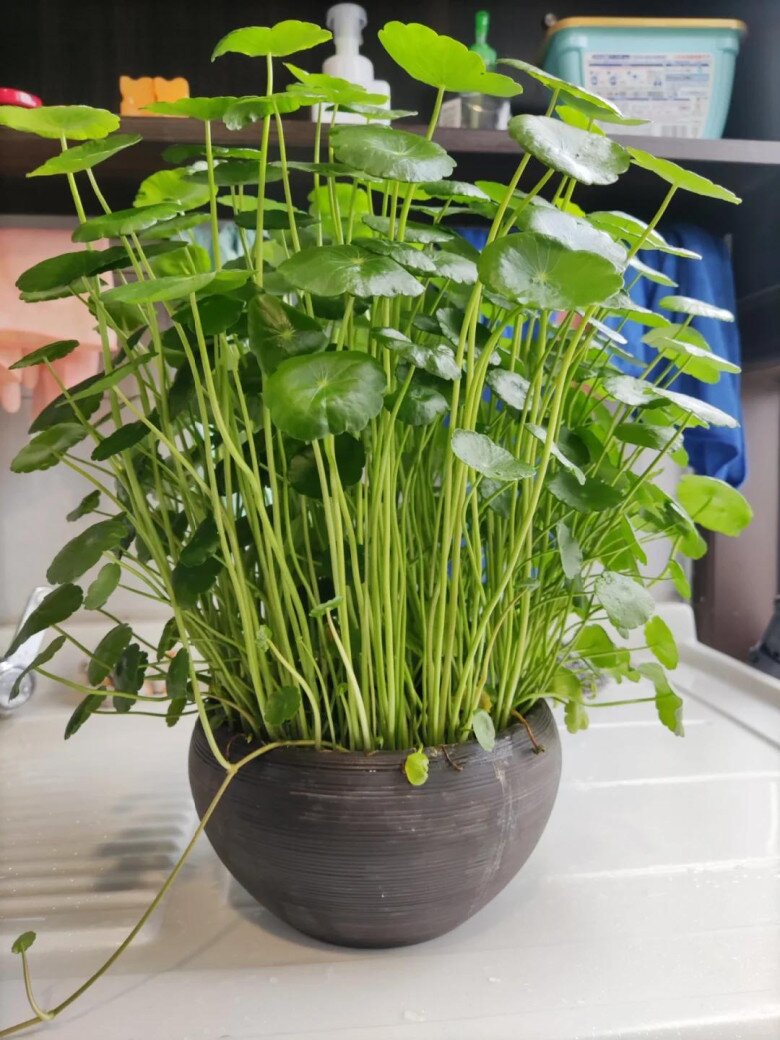
This particular pot boasts leaves that grow in perfect alignment, with straight and aesthetically pleasing stems.
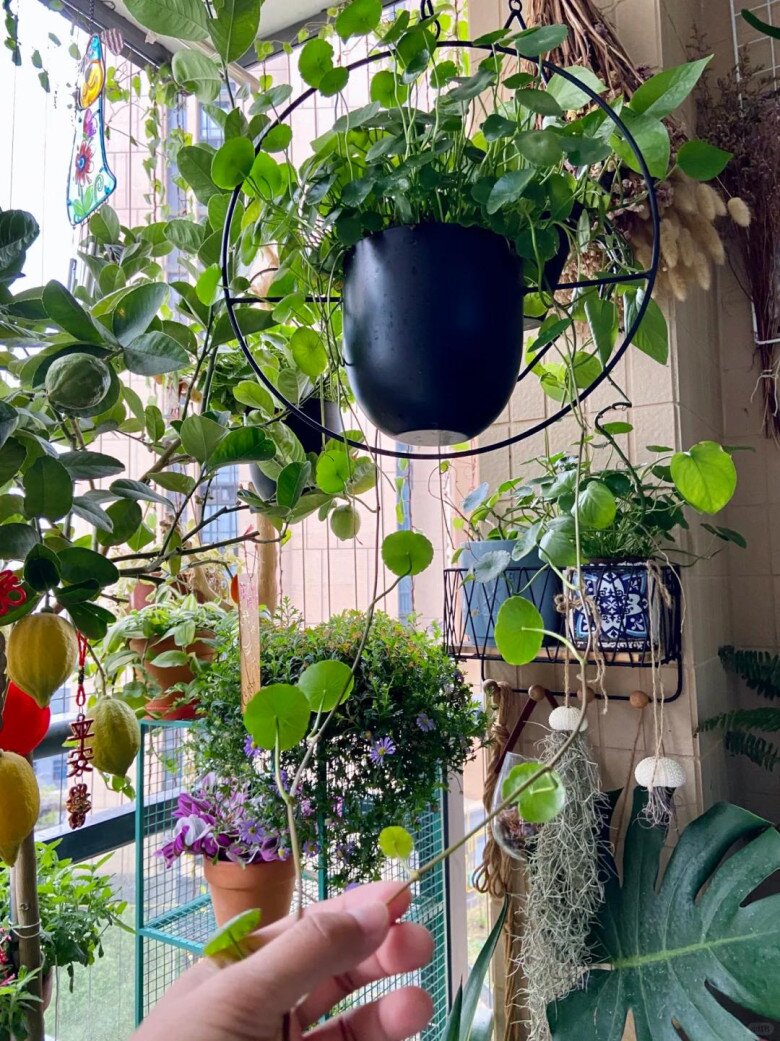
There’s also a hanging pot, from which long vines drape down like a refreshing green curtain. The sense of purity and comfort it evokes makes it hard for anyone not to fall in love with it.
“It’s already April, and my money plant is growing like crazy. Each plant has its own unique shape, and the leaves are even larger than coins. Are they about to come alive?” the talented gardener jokes.
In fact, many people cultivate this wild grass as an ornamental plant, but its leaves tend to shrink and turn yellow despite their best efforts with watering, fertilizing, and sun exposure. That’s why, when they see the lush greenery of this gardener’s pots, they can’t help but exclaim in admiration: “Wow, you really have a green thumb!” “Your dedication and skill in gardening are truly impressive!” “Looking at your plants makes me want to cry. I don’t understand why mine are doing so poorly, even though I provide them with ample sunlight and water every day…”
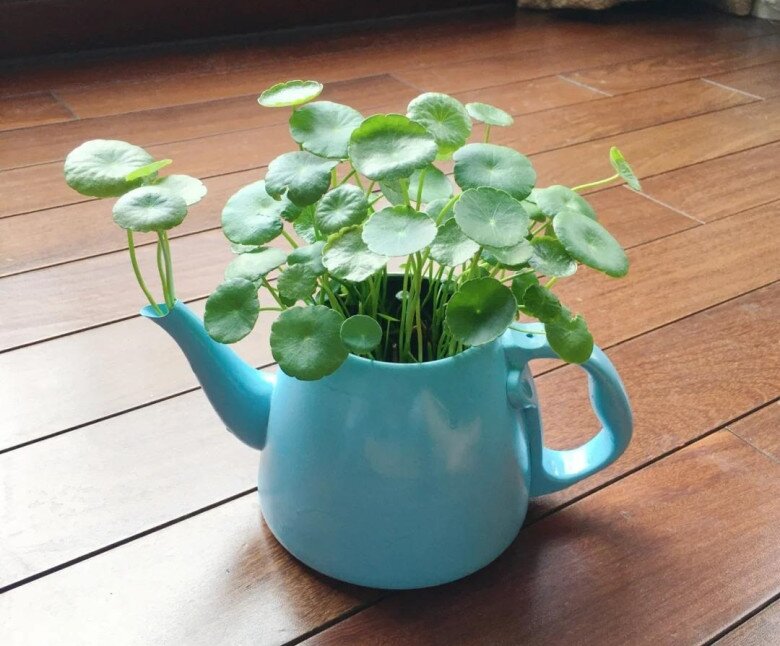
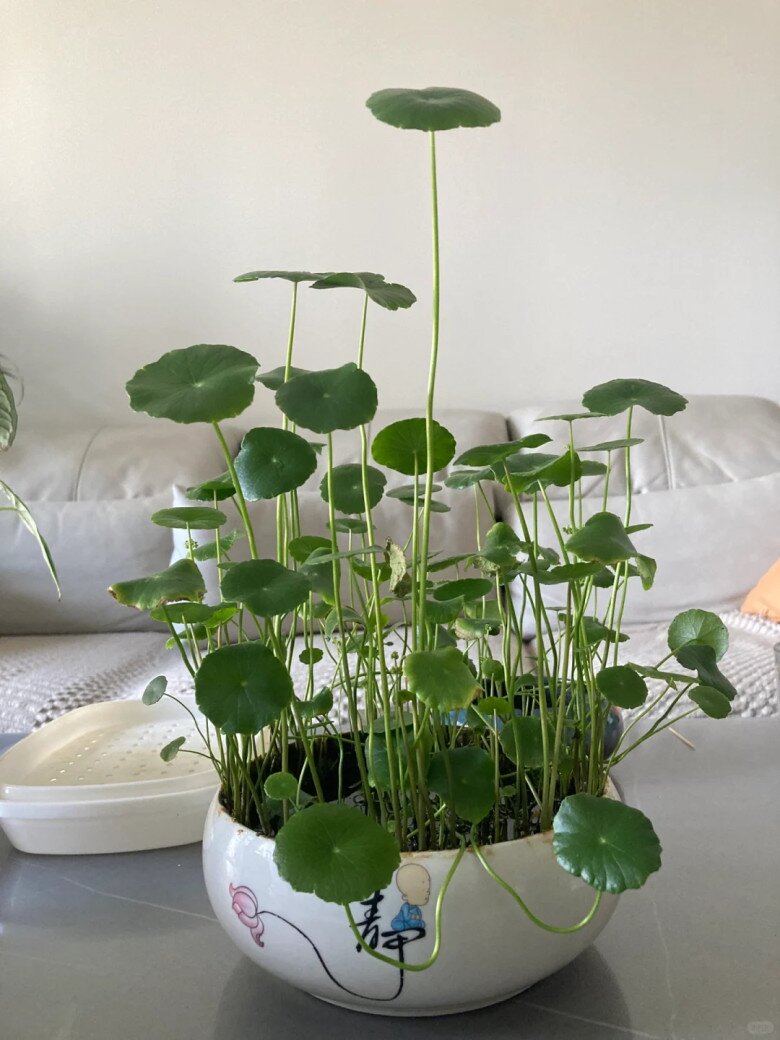
The talented gardener is more than happy to share her secrets to success with others. She explains that money plants can be grown in three ways: using soil only, water only (hydroponics), or a combination of both (semi-hydroponics).

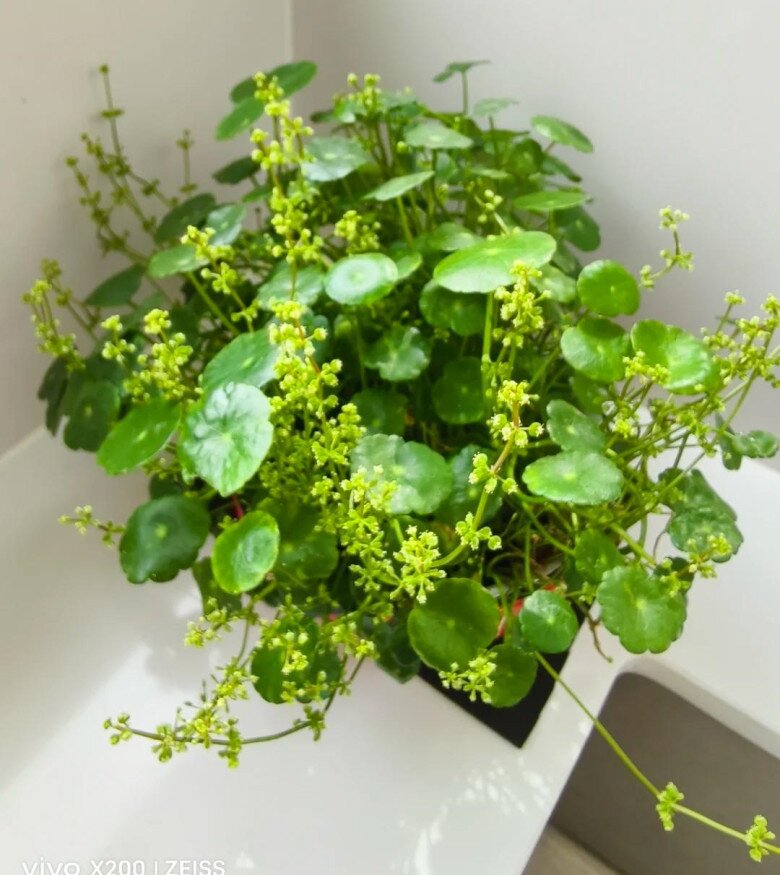
She says, “The optimal method is semi-hydroponics, where the roots are firmly planted in soil (preferably mud) and then covered with a layer of baked clay (gravel, vermiculite, etc.), after which water is poured to submerge the clay layer. With sufficient sunlight, the plant will thrive.”
“The easiest method is hydroponics, where stones are used to anchor the roots. The water must be clean and changed frequently, and any rotten roots should be cut off immediately. Soil cultivation is more suitable for those who are diligent in their care, as it requires daily watering, and the soil must be loose and well-drained. Although it’s more labor-intensive, the plant grows faster and lives longer. A mixture of decomposed leaf soil, garden soil, and river sand in a 3:2:1 ratio provides the right balance of nutrients and ensures proper drainage to prevent root rot. Maintaining humidity levels above 60% will help prevent leaf yellowing and promote faster growth.”
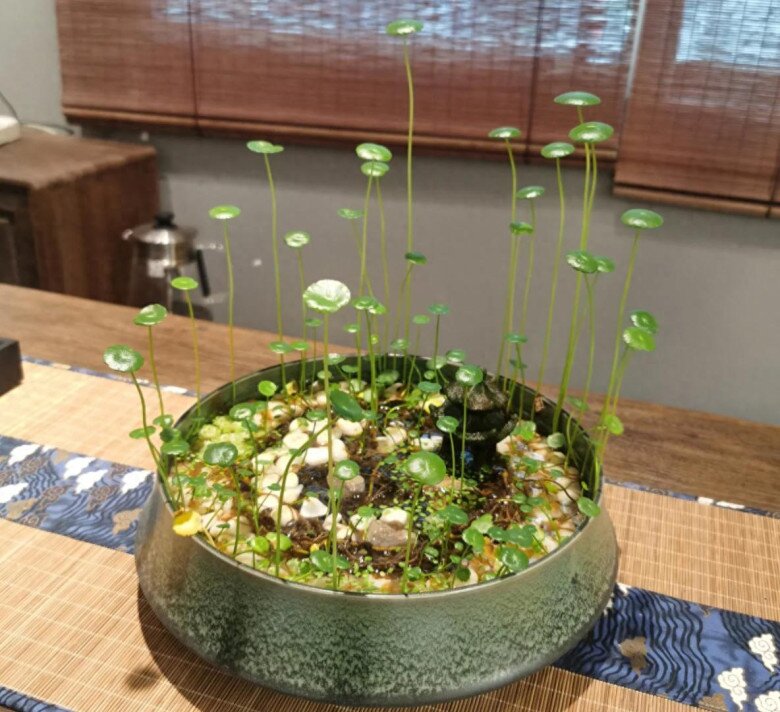
Growing money plants using the semi-hydroponic method.
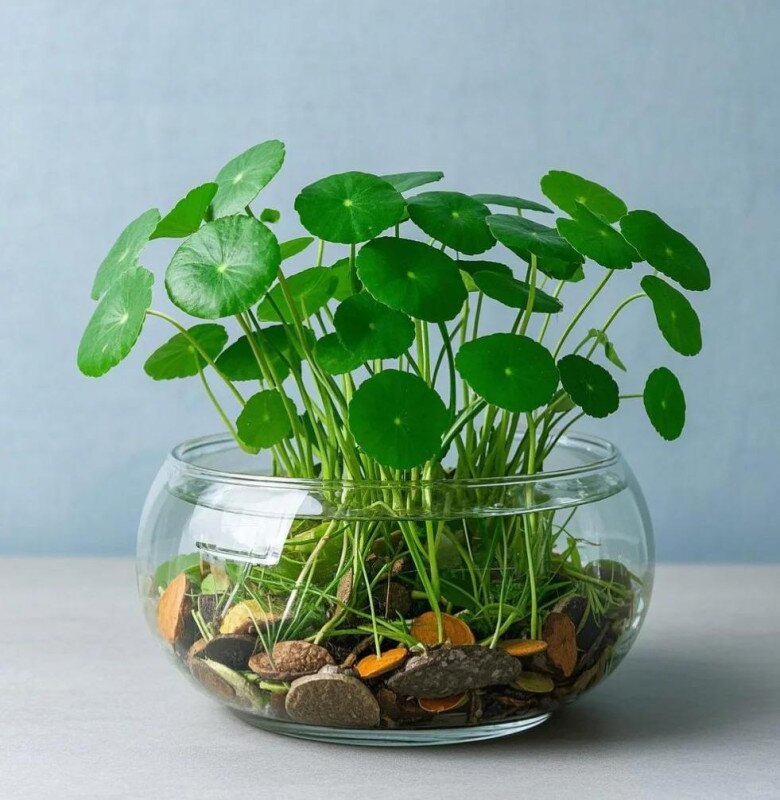
Growing money plants using the hydroponic method.
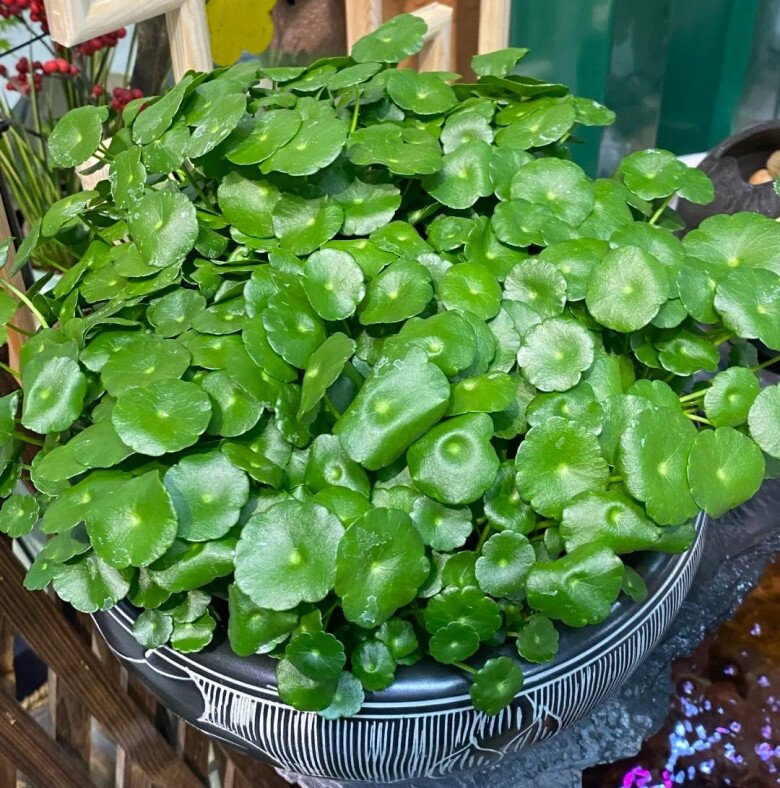
Growing money plants using soil.
The talented gardener further emphasizes that, in addition to these methods, it’s crucial to ensure adequate light, moderate fertilization, timely pruning, and stable temperatures for the plants to thrive. Here are some specific tips:
– Sufficient sunlight: Money plants require 4-6 hours of direct sunlight daily to maintain lush, green leaves. However, avoid harsh midday sun and reflected light through glass. Diffuse, indirect sunlight is best.
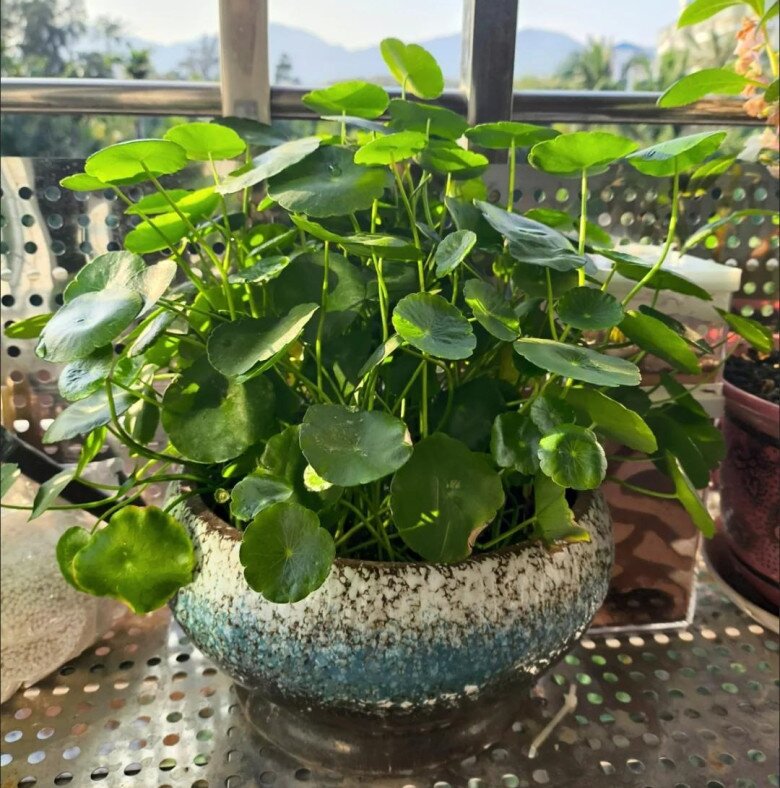
– Moderate fertilization: There’s no need to overdo it with fertilization. A small amount of fertilizer applied frequently is best. Once a month, use a diluted solution of leaf fertilizer or soluble fertilizer. When repotting, you can mix in some decomposed organic fertilizer.
– Timely pruning: Money plants grow quickly, so regular pruning is necessary to maintain their shape. When the plant flowers, remove the flower stalks to prevent nutrient depletion. Promptly remove any yellow leaves or weak branches.
– Stable temperatures: Money plants thrive in warm temperatures, with an ideal range of 15-25°C (59-77°F). This temperature range promotes healthy growth.

























